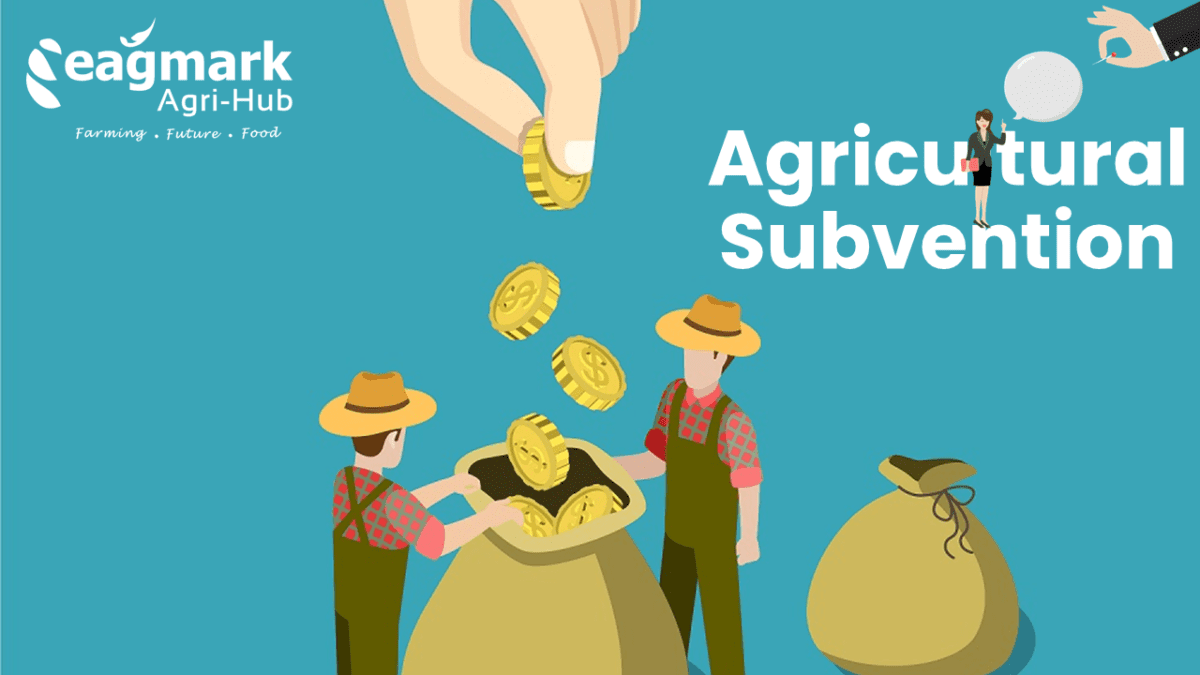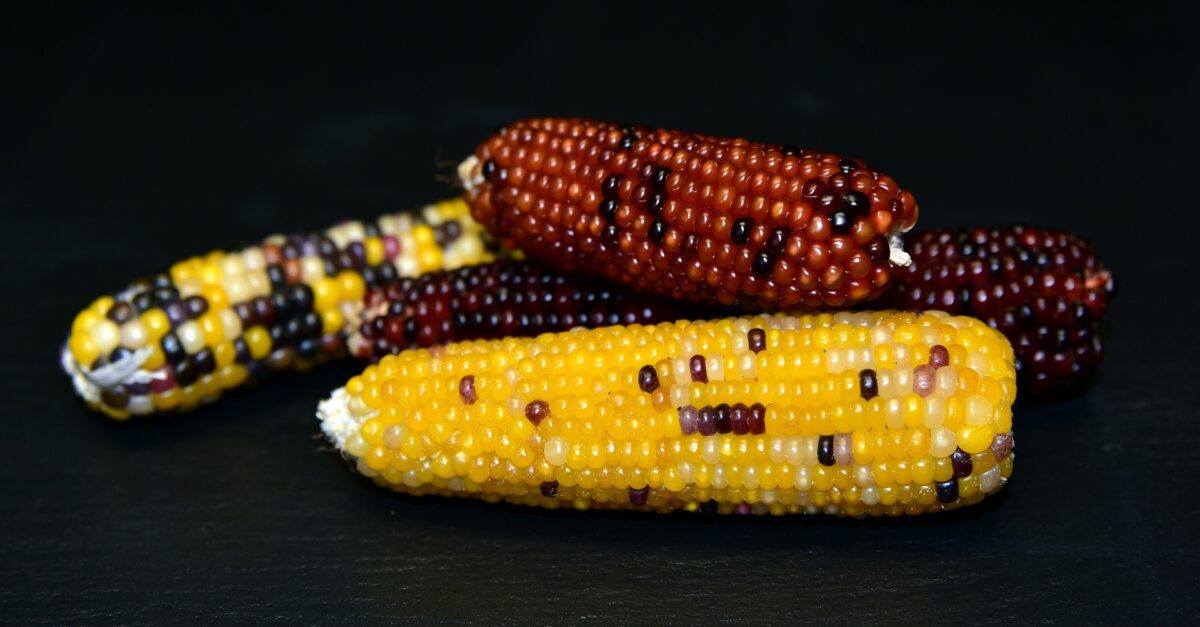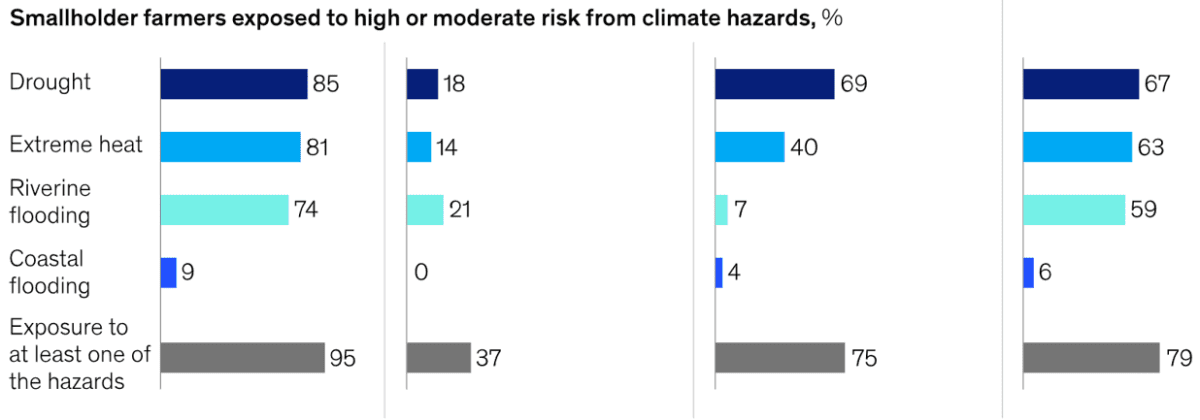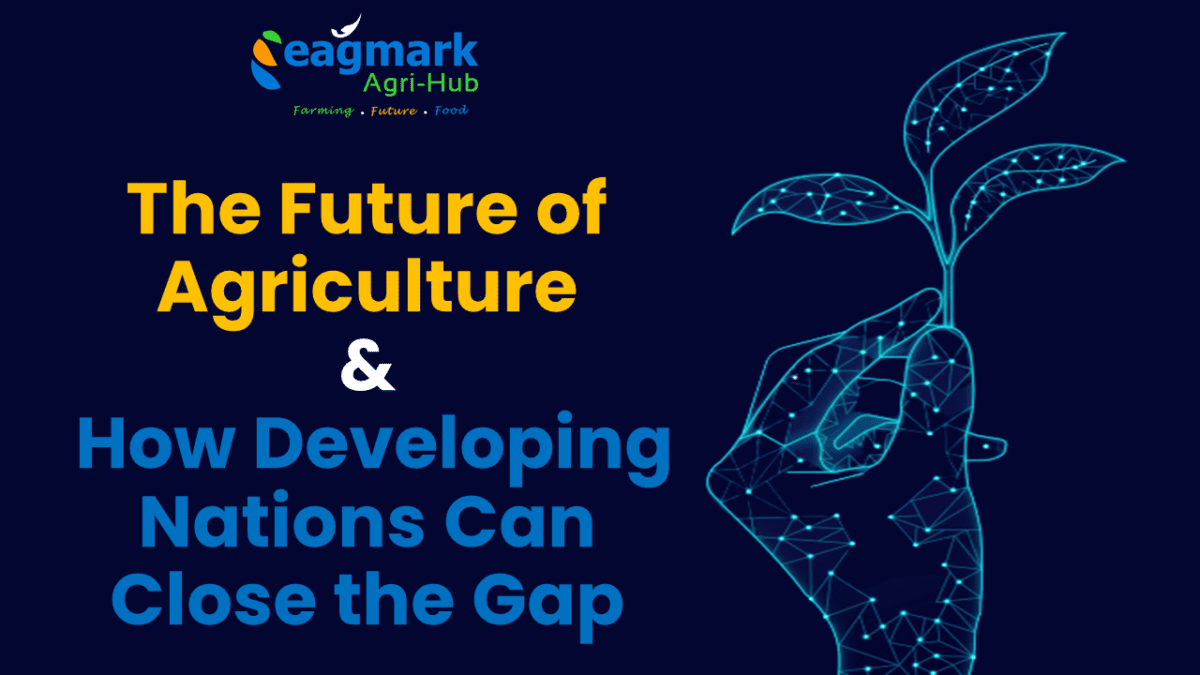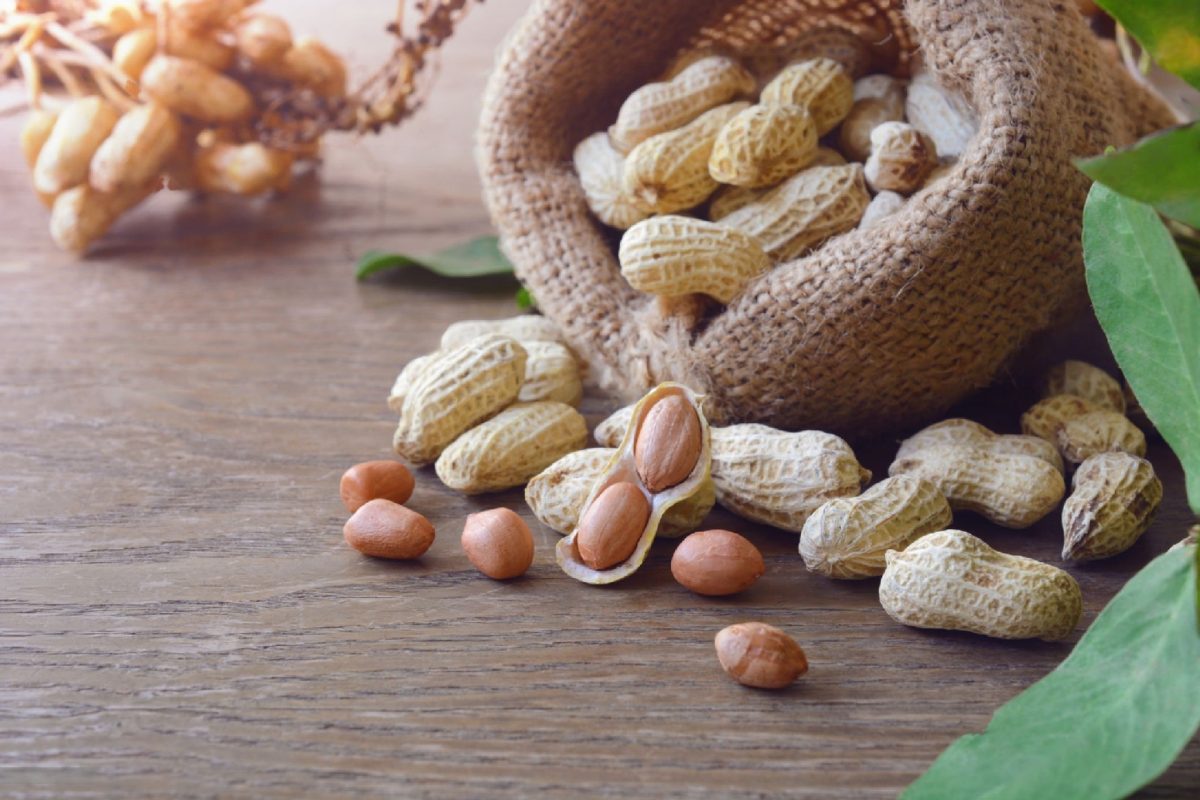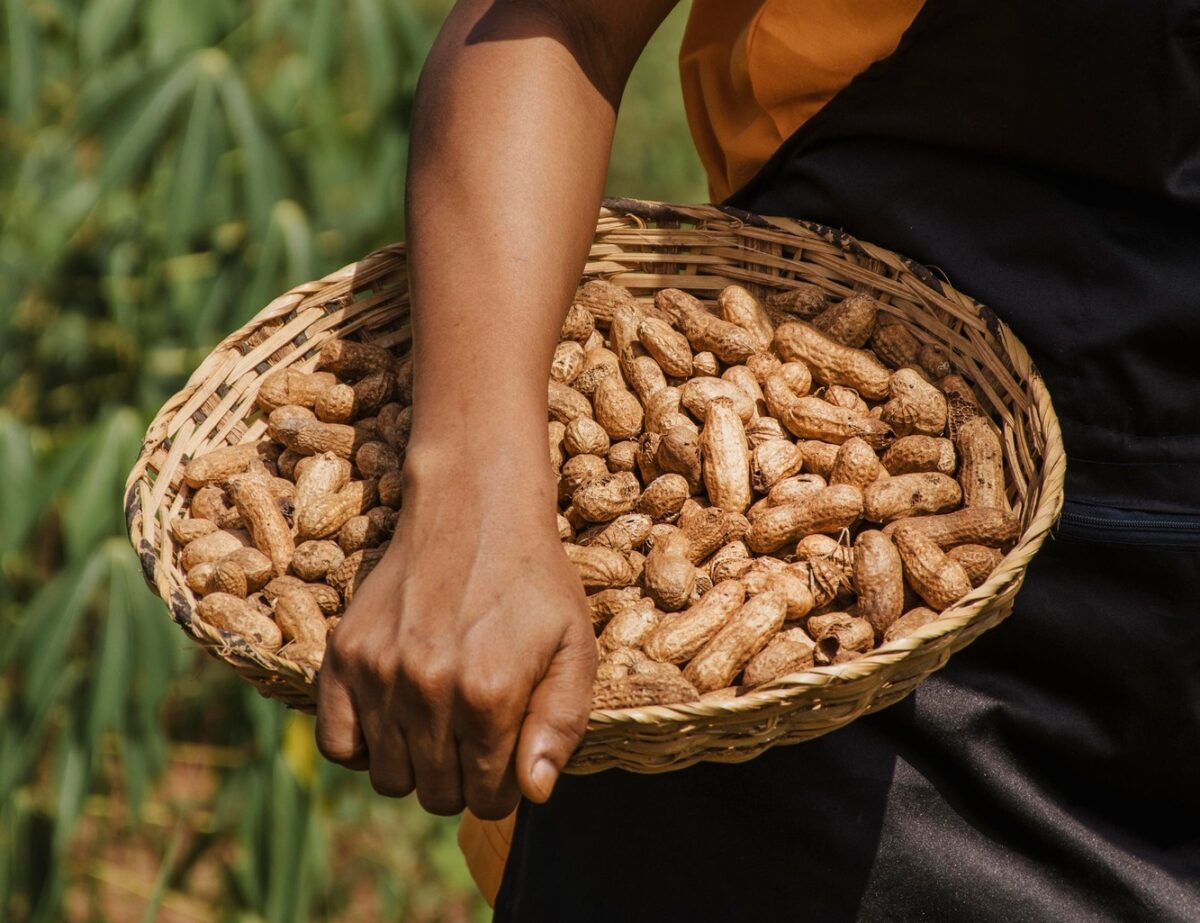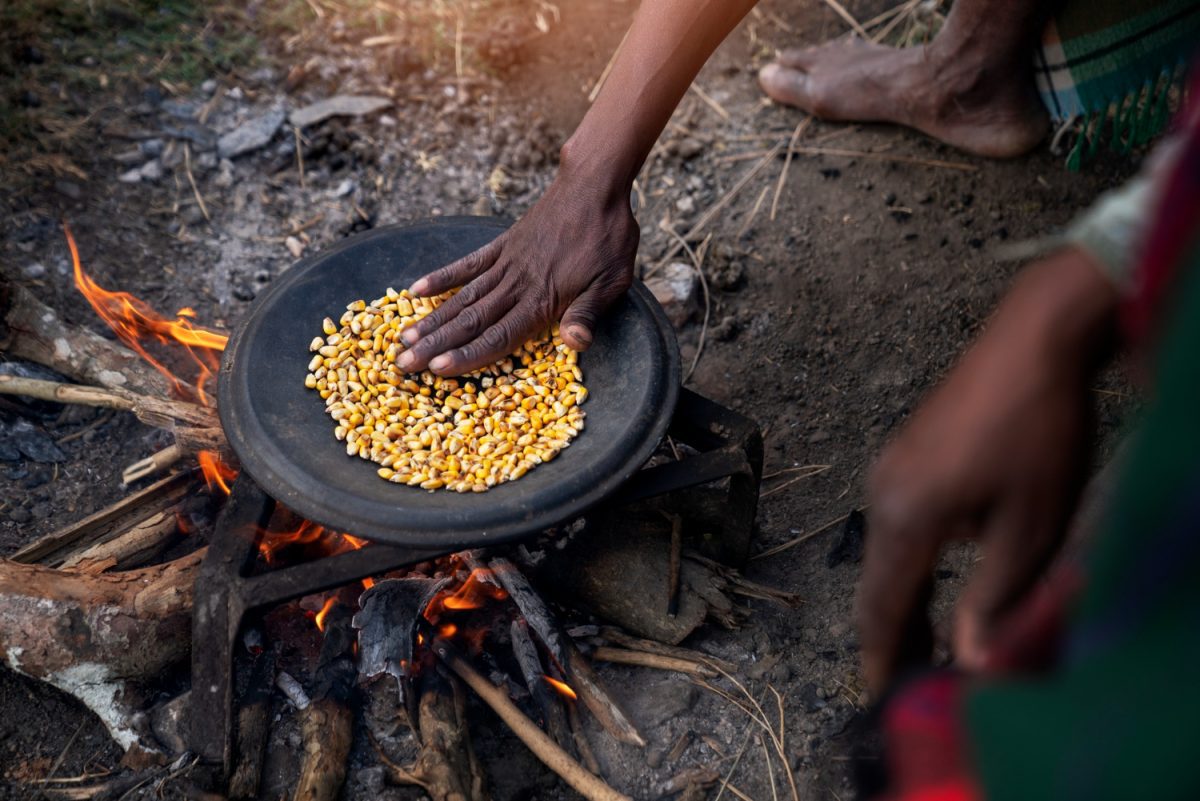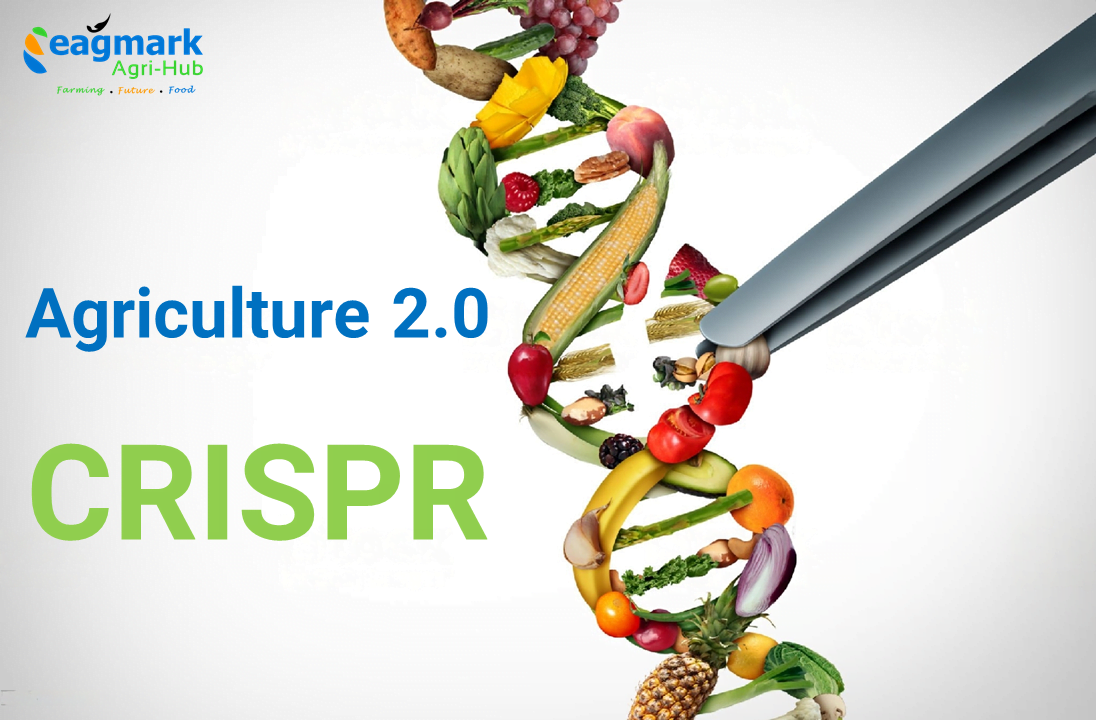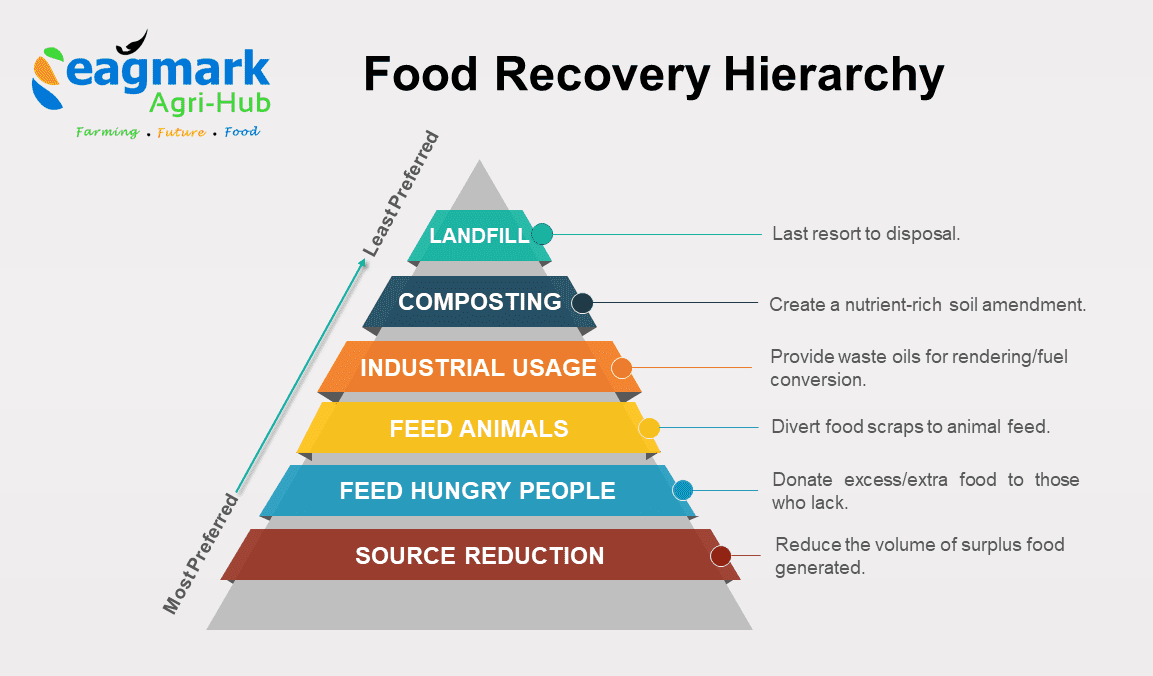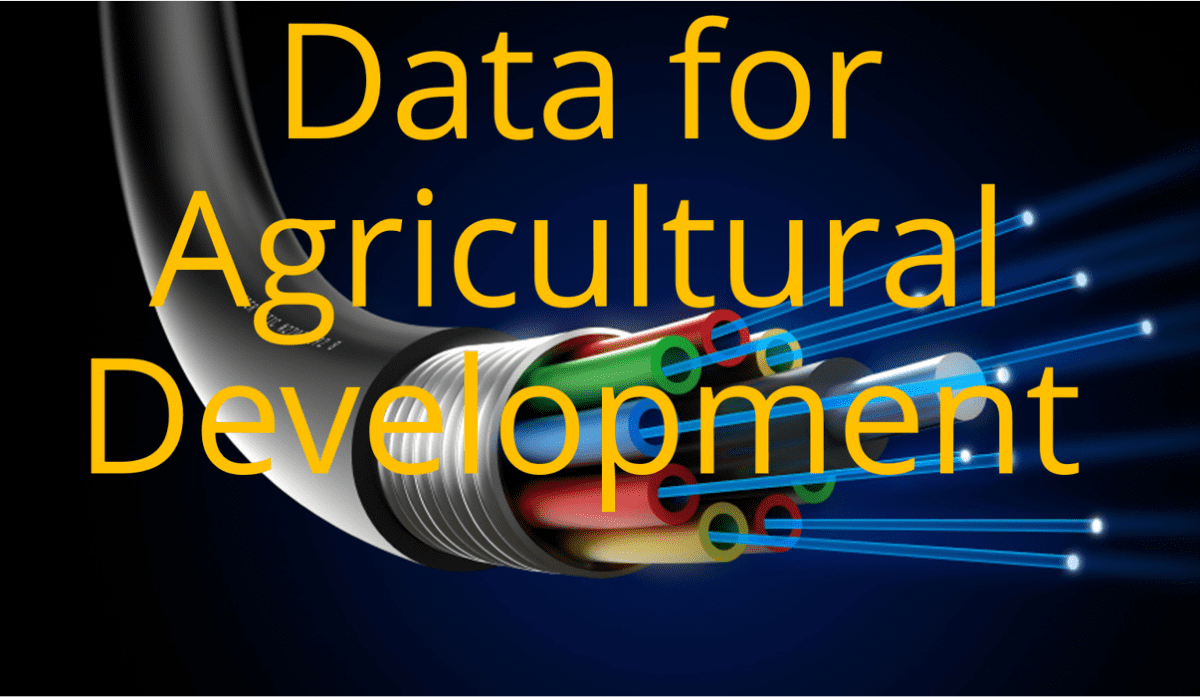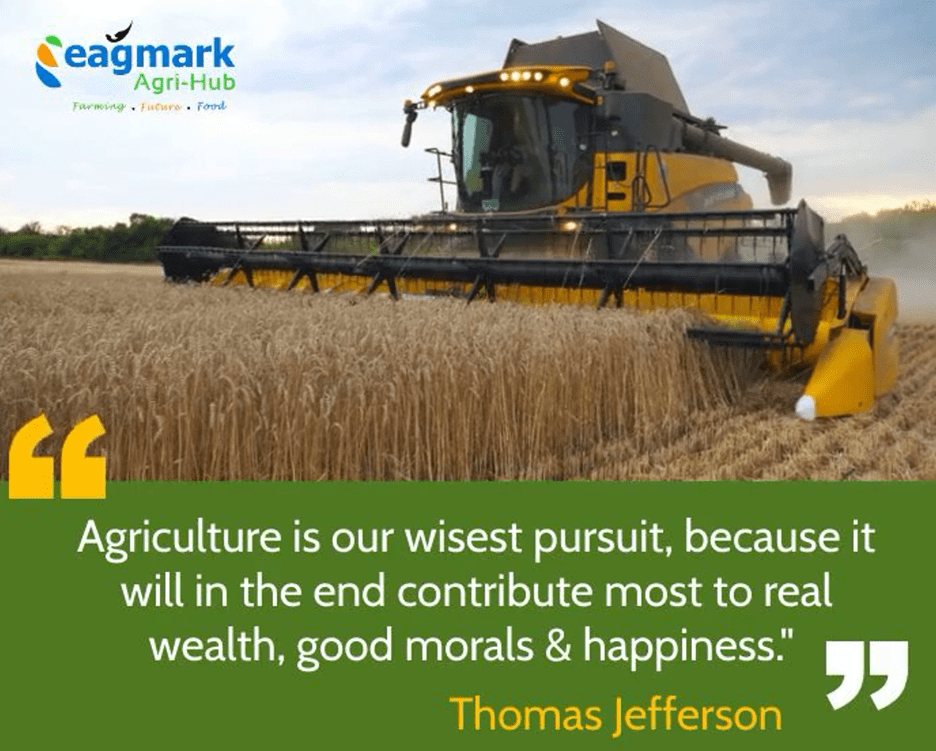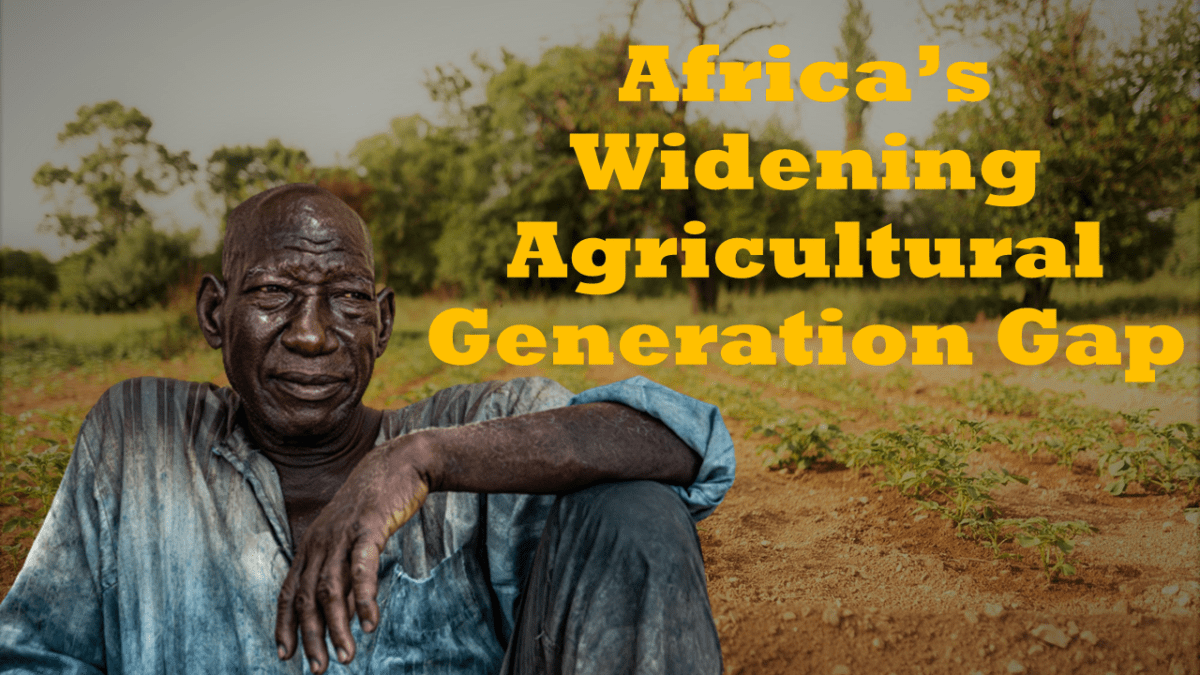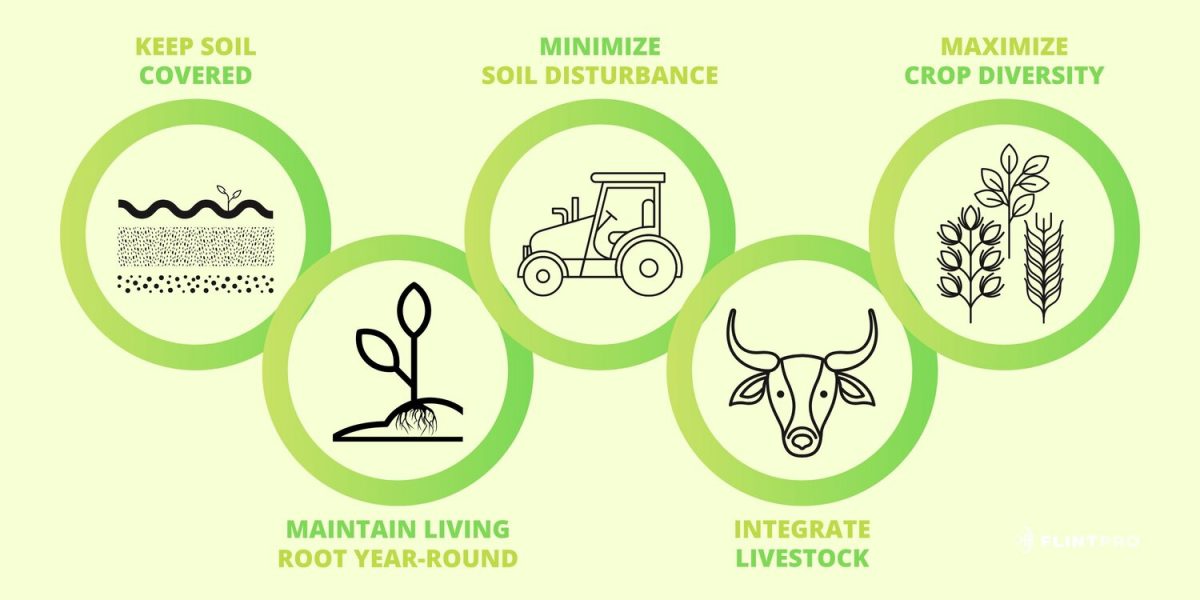The AgTech market is booming, with no signs of slowing down. According to a report by Research And Markets, the global smart agriculture market is estimated to be USD 12.59 billion in 2023 and is expected to reach USD 22.14 billion by 2028, growing at a CAGR of 11.95%. Investment in AgTech will continue to evolve and be used in new ways.
As the world population continues to grow and the challenges facing the agricultural industry persist, it is essential for everyone to work towards the goal of feeding an estimated 9.8 billion people by 2050. Agricultural corporations, governments, and farmers are increasingly adopting technologies to shape the future of food systems. In 2023, it is crucial to keep an eye on the following technology trends in the industry.
1. Controlled Environment Agriculture
Controlled Environment Agriculture (CEA) or indoor farming, is an advanced and intensive form of hydroponically-based agriculture where plants grow within a controlled environment to optimize horticultural practices. Today, CEA facilities mainly produce herbs, lettuces, microgreens, tomatoes, berries, and flowers. In 2023, we expect to see an expansion of the types of products grown in a CEA environment due to ongoing supply chain issues and associated challenges, such as the rising costs of goods and services.
Investors are already targeting farming innovations such as CEA. It is important to note that this innovation would come with potential challenges and additional needs, such as higher upfront equipment costs and training workers on how to use the technology. Operations that invest in new technology will need to upskill their workforce to prepare for the future of work. In doing so, they can better position themselves to be the leaders of their industry.
2. Precision Agriculture
The future of agriculture is exciting, with technology driving the transformation of the industry. One such technology that is gaining popularity is precision agriculture – the use of technology to precisely target farming practices to specific areas, resulting in increased efficiency, lower costs, and reduced environmental impact.
Enroll for the Precision Agriculture Course on the Eagmark Online Learning Campus
Precision agriculture involves using technologies such as sensors, Global Positioning System (GPS) mapping, and drones to gather data about soil health and moisture levels, crops, and weather conditions. This data is then used to optimize farming operations, reduce waste, and increase yields. Precision agriculture enables farmers to make data-driven decisions, leading to improved productivity and profitability.
3. Artificial Intelligence
Artificial Intelligence (AI) is transforming agriculture by enabling farmers to collect, analyze, and interpret vast amounts of data. AI-powered tools can identify crop diseases, pests, and nutrient deficiencies, allowing farmers to take proactive measures to protect their crops. AI can also predict weather patterns, enabling farmers to plan their farming activities and reduce crop losses due to extreme weather conditions.
4. Blockchain
Blockchain technology is becoming increasingly popular in the agriculture industry due to its ability to enhance transparency and traceability. Blockchain allows farmers and other stakeholders in the food supply chain to track the journey of food products from farm to fork. This can help to prevent food fraud, reduce waste, and improve food safety.
You may also want to read: How Blockchain is Decoding the Future of Agriculture
5. Robotics
The use of robotics is also on the rise in agriculture. Robots can be used for tasks such as planting, weeding, and harvesting. This can result in reduced labor costs and increased efficiency and productivity, as robots can work around the clock without the need for breaks. Robots can also reduce the use of herbicides and pesticides, leading to better environmental outcomes.
6. Vertical Farming
Another trend in agriculture is the growth of vertical farming. Vertical farms use a controlled environment to grow crops in vertically stacked layers, often in urban areas. This allows for year-round crop production, higher crop yields, and reduced land use. It also allows for greater control over growing conditions, resulting in less water and fertilizer use and reduced pesticide use.
Vertical farming involves growing crops in vertically stacked layers, using artificial lighting and controlled environments. Vertical farming enables farmers to produce crops in urban areas, reducing the distance food travels from farm to fork. Vertical farming also reduces water usage, energy consumption, and the use of pesticides and herbicides.
In 2023, we believe vertical farms could become more automated. Technology and automation, including artificial intelligence, can help support consistent plant results with predictable yields without the issues that can be caused by human error and the labor costs incurred with traditional farming methods.
7. Climate-Smart Agriculture
Climate change is one of the biggest challenges facing agriculture, and climate-smart agriculture is a response to this challenge. Climate-smart agriculture involves using farming practices that reduce greenhouse gas emissions, increase resilience to climate change, and increase food security. Examples of climate-smart agriculture practices include crop diversification, conservation agriculture, and agroforestry.
8. Biotechnology
Biotechnology is also transforming agriculture. Genetic engineering can be used to produce crops with desirable traits, such as resistance to pests and diseases, or increased tolerance to environmental stress. Biotechnology can also be used to produce crops with improved nutritional value, such as golden rice, which is genetically modified to contain beta-carotene, a precursor to vitamin A.
You may also want to read: The Duality, Promise, and Perils of CRISPR in Feeding the World
Overall, the future of agriculture is bright, with technology driving innovation and transforming the industry. As the world’s population continues to grow, the demand for food will increase, making it essential to continue to develop and adopt new technologies that can increase efficiency, reduce costs, and protect the environment.
9. High-speed 5G networks
The implementation of 5G technology is transforming multiple industries by enhancing decision-making, production processes, and factory operations. Agriculture is among the sectors that are experiencing significant advantages from this advanced technology. The low latency, increased network capacity, and reliable high-speed data transfer of 5G are enabling the rapid and effortless transfer of large amounts of data, such as images, videos, 3D models, weather, and topographical information from connected farms. This is saving time and improving the accuracy of AI/ML modelling. With just one click, data from multiple cameras in a connected farm can be transmitted, a process that used to take days using traditional networks. Ultimately, 5G will accelerate the digitization of agriculture for farmers and businesses.
You may also want to read: Revolutionary Smart Farming And Contribution Of 5G In Its Advancement



